Long time readers here have seen my shots of Christological Goldfinches from Medieval and Renaissance paintings and statues snapped during my museum visits.
Here is a detail from one I shot in the Louvre a while back by the Master of the Nativity of Castello, 15th c.
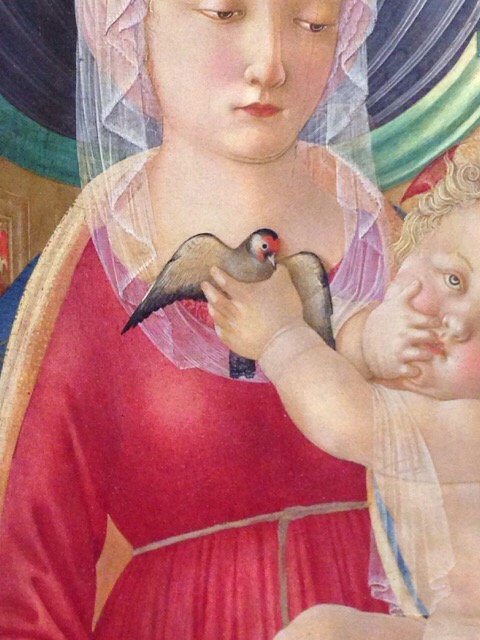
Here is another view of the Christological Goldfinch, having its bath with the help of a friend. You can see how the finch (Carduleis carduelis… Spanish “Jilguero”), not a shy bird, might have won the legendary reputation it enjoys now.
And then there is the book, The Goldfinch, having the cover of the painting by Carel Fabritius, which I saw a few months ago at the Frick Gallery in NYC, when Vermeer’s Girl with the Pearl was also visiting.

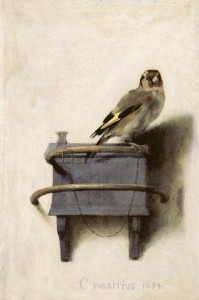
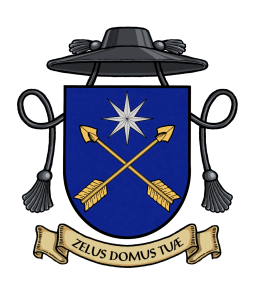
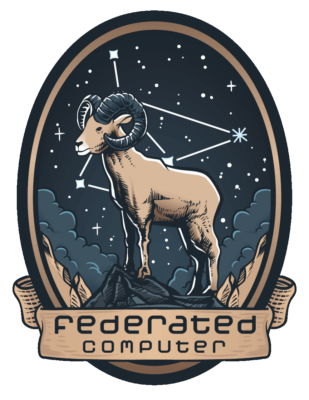

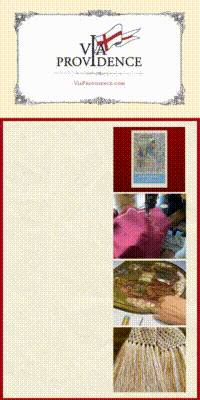

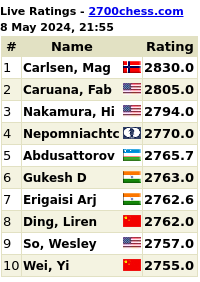


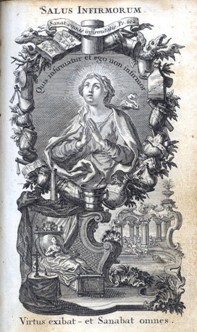
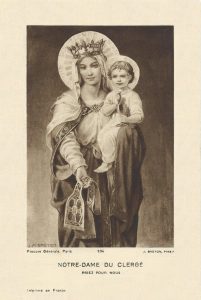
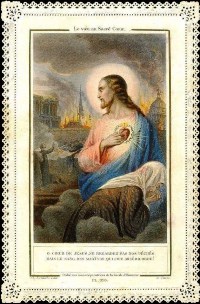
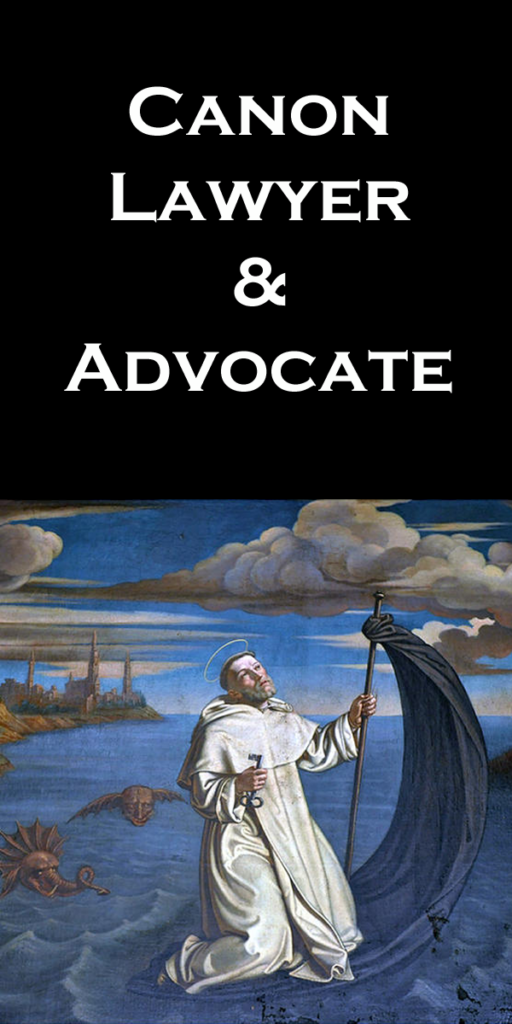



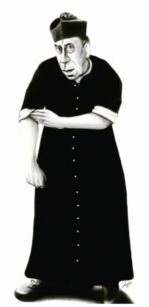
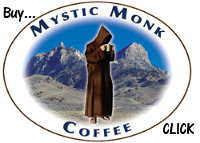


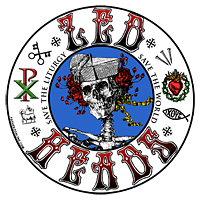

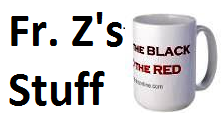

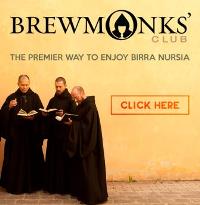
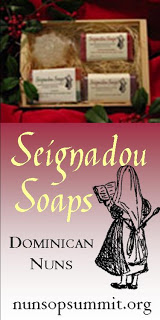




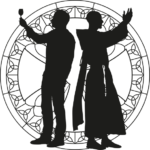
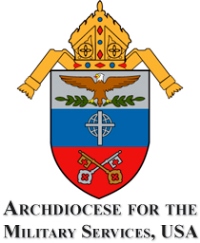

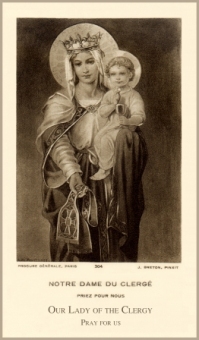
Priceless video, but a bit sad too seeing them as caged birds in Spain.
The goldfinch is also known as cardelino in Spanish, which is the name I was told when I was in Aragon last year.
Carduelis carduelis… Why stop there? The subspecies to be found in most of Europe is carduelis carduelis carduelis, whereas we have carduelis carduelis britannica here.
So lovely. Man and beast as friends. St. Francis? I like this blog Fr. Z because you have a love of God’s creation/nature and I most definitely do too!
Thank you for sharing such beauty.
It just keeps me in awe of our God and also keeps me staying very very grateful. God bless you!
Sweet, indeed, that edulcoration – thank you!
And, to join with gramma10, how the Master of the Nativity of Castello gives a sense of the beauty of the finch with wings displayed and the light upon them and all!
It reminds me of something I seem to remember and wondered about – depictions of angels with bird-like wings and even (I think) of paintings of St. Francis’s Seraphic vision. Could it be that the coloration of goldfinch plumage was taken up for these at some point, and alludes to the Christological goldfinch imagery?
By the way, have you read the book as well as enjoying the striking cover? – the blurb at the link sounds ominous… I’ve never tried any of Donna Tartt’s books.
There is a wonderful painting by Francisco di Marco di Giacomo (also known as Francesco Francia) at the Metropolitan Museum in NYC, entitled Virgin and Child with Sts. Francis and Jerome. The Infant Jesus holds a goldfinch in His left hand. If you are not aware of it you will want to be, with your fascination with the Christological Goldfinch. There are two versions of the painting – the first was done between 1500-10 and the second 1512-15. The identification of the figure on the right as St. Jerome is disputed. Some say it is a portrait of the donor. St. Jerome seem right to me, especially since the second version he is unmistakably an ecclesiastical figure, but I’ve wondered if it could be St. Bonaventure. It is my understanding that the first version is in storage, the second version is hung in the galleries. I don’t recall seeing it back when the Met was part of my life. I purchased a beautiful framed large reproduction of the first version from EWTN catalogue some years back, but I don’t believe they have it any more. It is something much treasured in my home. Our Lady’s face is exquisite, as is her tender embrace of Jesus around His belly. Hope this is of interest.
[I know the painting. There are quite a few Christological Goldfinches in the Met’s collection. I’ve posted about them often during my NYC sojourns.]
Probably two of the seraph-wing-treatments I was thinking of are Giotto’s in the Upper Church in Assisi and the painting attributed to van Eyck (the Wikipedia article about it has the seraph in both versions nicely detailed and juxtaposed) – are those distinctly goldfinch colorations?
Venerator – here is the goldfinch’s wing.
http://ibc.lynxeds.com/photo/european-goldfinch-carduelis-carduelis/wing-pattern-2nd-year-male
Very different from the paintings.
Benedict Joseph, I am going to look up the painting based on your description. Thank you in advance.
There is something exquisite about birds, and there is something so moving about masculine hands holding a little creature that gently. God’s plan. You just can’t beat it.
Muv,
Thank you! This would seem to apply to the Master of the Nativity of Castello’s realistic-looking goldfinch’s plumage as well as the Van Eyck Seraphs’ (!) I wonder if there are other iconographic (color) symbolic traditions at work, here – and if, so what they are. Do you happen to know of any actual birds with plumage coloration like these? (Some vague possible memory of angels and Common Kingfishers stirs in my mind, but I have not found good Kingfisher photos to compare, yet.)
Venerator,
The kingfisher’s wings don’t seem to fit the bill for van Eyck’s seraphs.
http://photo.net/photodb/photo?photo_id=7724376
Allowing plenty of latitude for artistic licence, my instinct is tending towards the bee eater. This link will take you to a slide show:-
http://www.arkive.org/european-bee-eater/merops-apiaster/image-G46847.html
The date of the paintings dovetail nicely with van Eyck’s journey to Portugal, where he would undoubtedly have seen bee eaters. Furthermore, bee eaters’ wings could be a visual reference to 1 Corinthians 15:55-57 … where, death, is thy sting?…
Muv,
Thank you again! What a slide show! (No. 24 is splendid!)
Your bee eater suggestion is visually and symbolically impressive (though I never think of bees as a symbol of evil – consulting White’s Bestiary (1954), I find quoted Cutwode’s “Charming of the Bee” from Caltha Poetarum (1599), which includes “Away thou fowle and fearefull spright, / and thou litel divell”, but have no idea how novel or traditional this may be, and Caltha Poetarum is otherwise unknown to me, but looks like it might be a shocking book: http://quod.lib.umich.edu/e/eebo/A19732.0001.001?view=toc ).
I just saw that D.E. Master Blenders 1753 have started a line of coffee mugs with details from Old Masters’ paintings – including Carel Fabritius’s Goldfinch! (but don’t know how widely these are available).